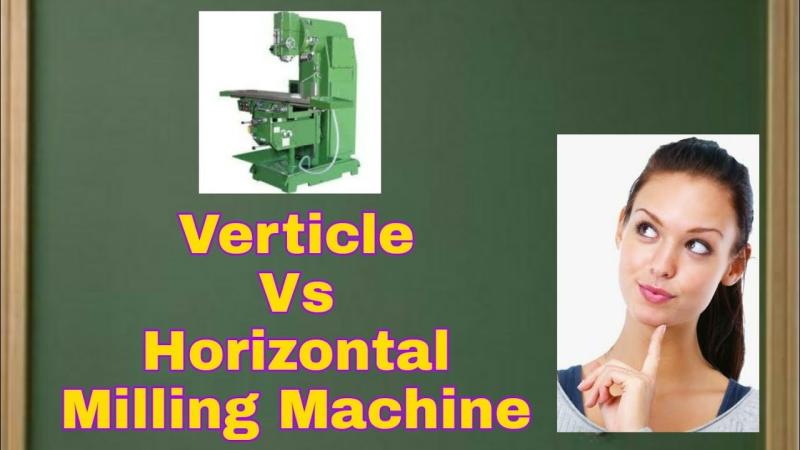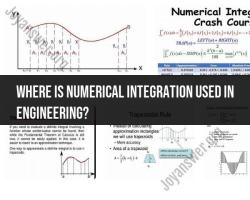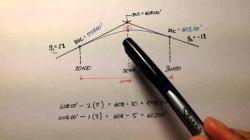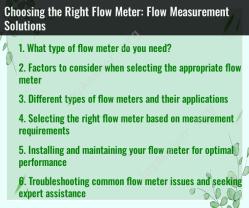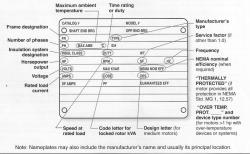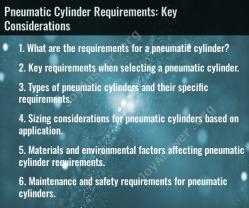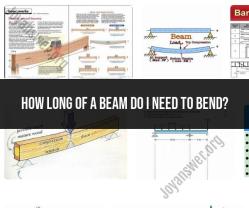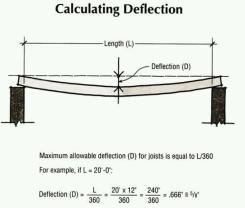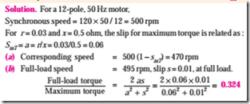Why vertical milling is used over horizontal?
Vertical milling and horizontal milling are two common types of milling machines, each with its own advantages and applications. The choice between vertical and horizontal milling depends on various factors, including the specific machining tasks, the type of material being machined, and the features of the machine itself. Here are some reasons why vertical milling is preferred over horizontal milling in certain situations:
Versatility:
- Vertical milling machines are generally more versatile than their horizontal counterparts. They can handle a wider range of workpieces and machining operations. The vertical spindle allows for a variety of cutting tools to be used, making it suitable for diverse applications.
Space Efficiency:
- Vertical milling machines typically have a smaller footprint compared to horizontal machines. This makes them more suitable for workshops or manufacturing facilities with limited space. Vertical mills are also often preferred when floor space is a critical factor.
Cost:
- Vertical milling machines are often more cost-effective than horizontal machines, both in terms of initial purchase cost and ongoing operating costs. They tend to be simpler in design and construction, leading to lower manufacturing and maintenance costs.
Ease of Use:
- Vertical mills are considered to be more user-friendly for operators, especially those who are new to milling. The setup and operation are generally simpler, making it easier for machinists to learn and use the machine effectively.
Gravity-Assisted Chip Evacuation:
- In vertical milling, gravity helps with chip evacuation. Chips produced during machining naturally fall away from the workpiece, making it easier to manage and preventing chip buildup around the cutting area. This can be particularly advantageous when dealing with materials that produce long or stringy chips.
Specialized Applications:
- Certain applications, such as drilling or pocketing, may be more efficiently performed on a vertical milling machine. The design of the vertical spindle and worktable configuration can be better suited for specific machining tasks.
Machining Small Parts:
- Vertical mills are often preferred when machining smaller parts due to their compact size and easier access to the workpiece. The vertical orientation allows for better visibility and control when working with intricate details.
Despite these advantages, it's important to note that the choice between vertical and horizontal milling ultimately depends on the specific requirements of the job. Horizontal milling machines have their own set of advantages, such as better chip evacuation in certain scenarios and the ability to handle larger and heavier workpieces. The decision between vertical and horizontal milling should be based on careful consideration of the specific machining needs and the features of the machine that best match those requirements.
What are the advantages and reasons for preferring vertical milling over horizontal milling?
Vertical milling machines (VMCs) are a versatile and widely used type of milling machine that offers several advantages over horizontal milling machines (HMCs). Here are some of the key reasons why vertical milling is often preferred over horizontal milling:
Versatility: VMCs can perform a wider range of milling operations than HMCs, including face milling, end milling, slot milling, and pocketing. This makes them more suitable for a broader range of applications.
Precision and Detail: VMCs are generally more precise and better suited for intricate machining tasks due to their rigid spindle and workpiece support. This makes them ideal for producing parts with complex geometries and tight tolerances.
Ease of Use and Programming: VMCs are generally easier to operate and program than HMCs, especially for simpler machining tasks. This can lead to reduced setup times and increased productivity.
Compact Design: VMCs typically have a more compact footprint than HMCs, making them more suitable for shops with limited floor space.
Accessibility and Visibility: VMCs provide easier access to the workpiece and better visibility for the operator, which can improve safety and efficiency.
Cost-Effectiveness: VMCs are generally less expensive than HMCs, making them a more cost-effective choice for many applications.
Here's a table summarizing the key advantages of vertical milling over horizontal milling:
| Feature | Vertical Milling | Horizontal Milling |
|---|---|---|
| Versatility | Wider range of operations | Limited to horizontal milling operations |
| Precision | High precision and detail | Lower precision due to spindle orientation |
| Ease of Use | Easier to operate and program | More complex setup and programming |
| Design | Compact and space-efficient | Larger footprint |
| Accessibility | Easy access to workpiece and good visibility | More difficult access and limited visibility |
| Cost | Generally less expensive | Generally more expensive |
Overall, vertical milling machines offer a combination of versatility, precision, ease of use, and cost-effectiveness that makes them a popular choice for a wide range of machining applications.
